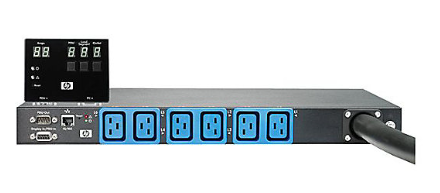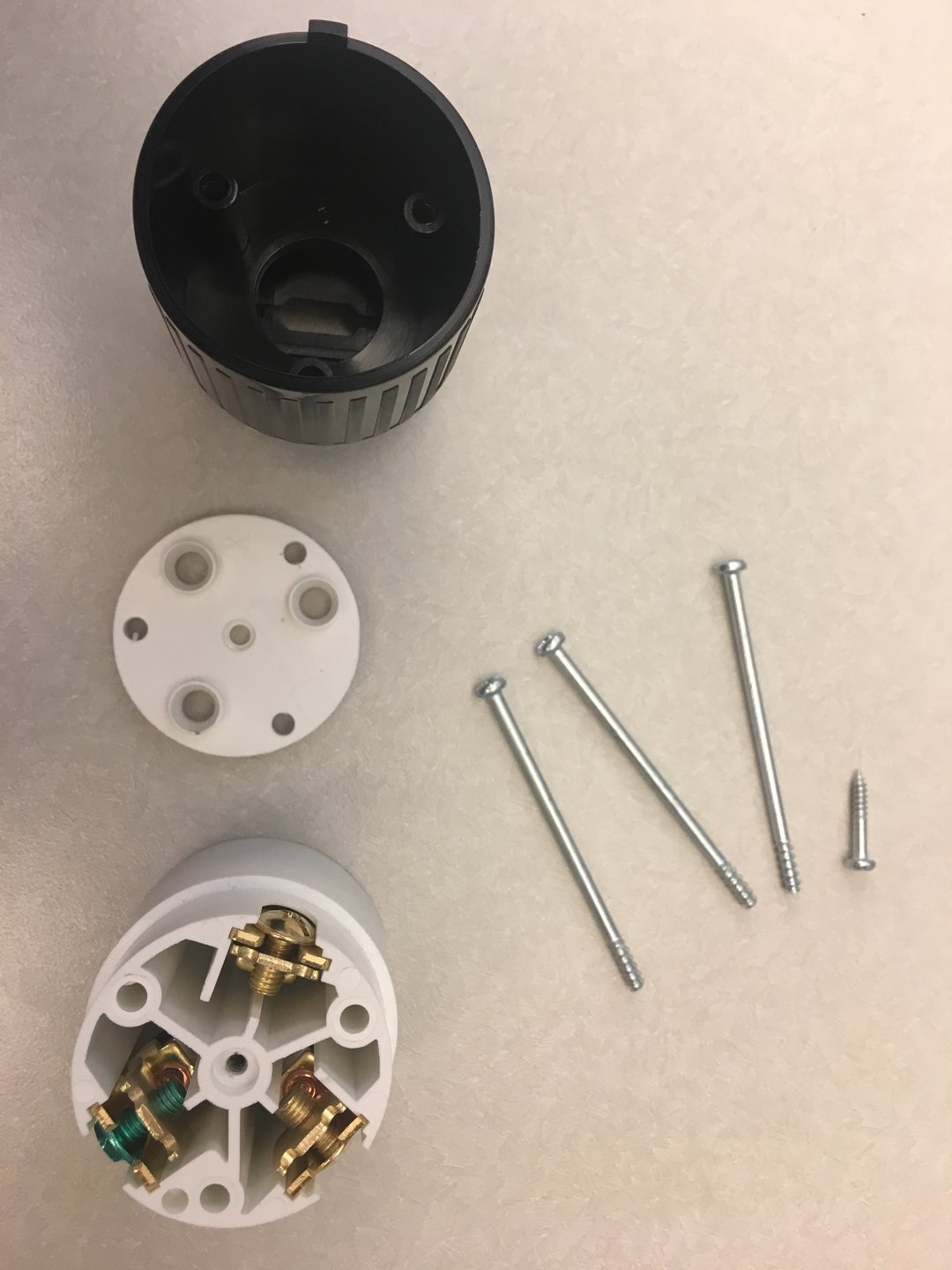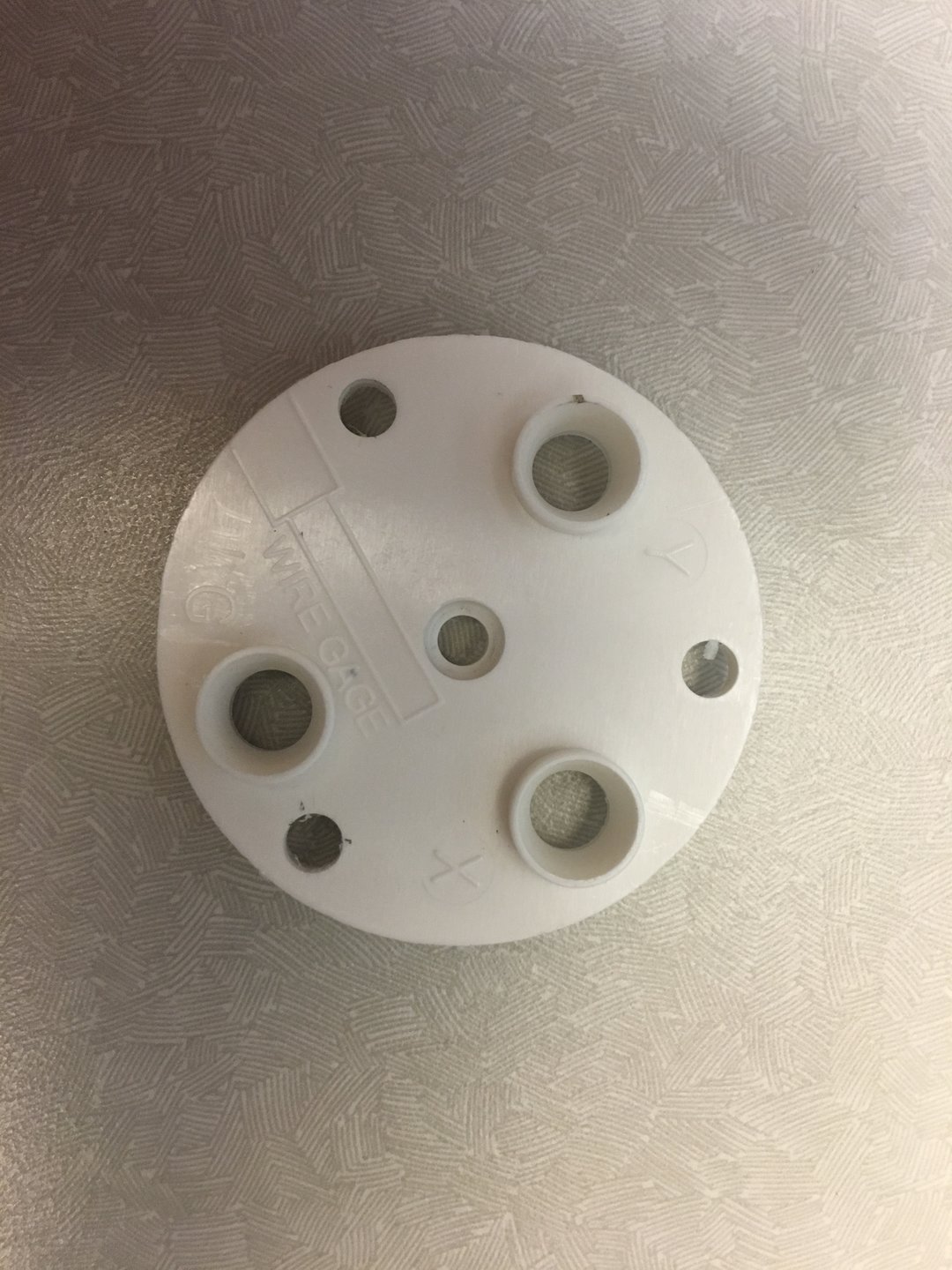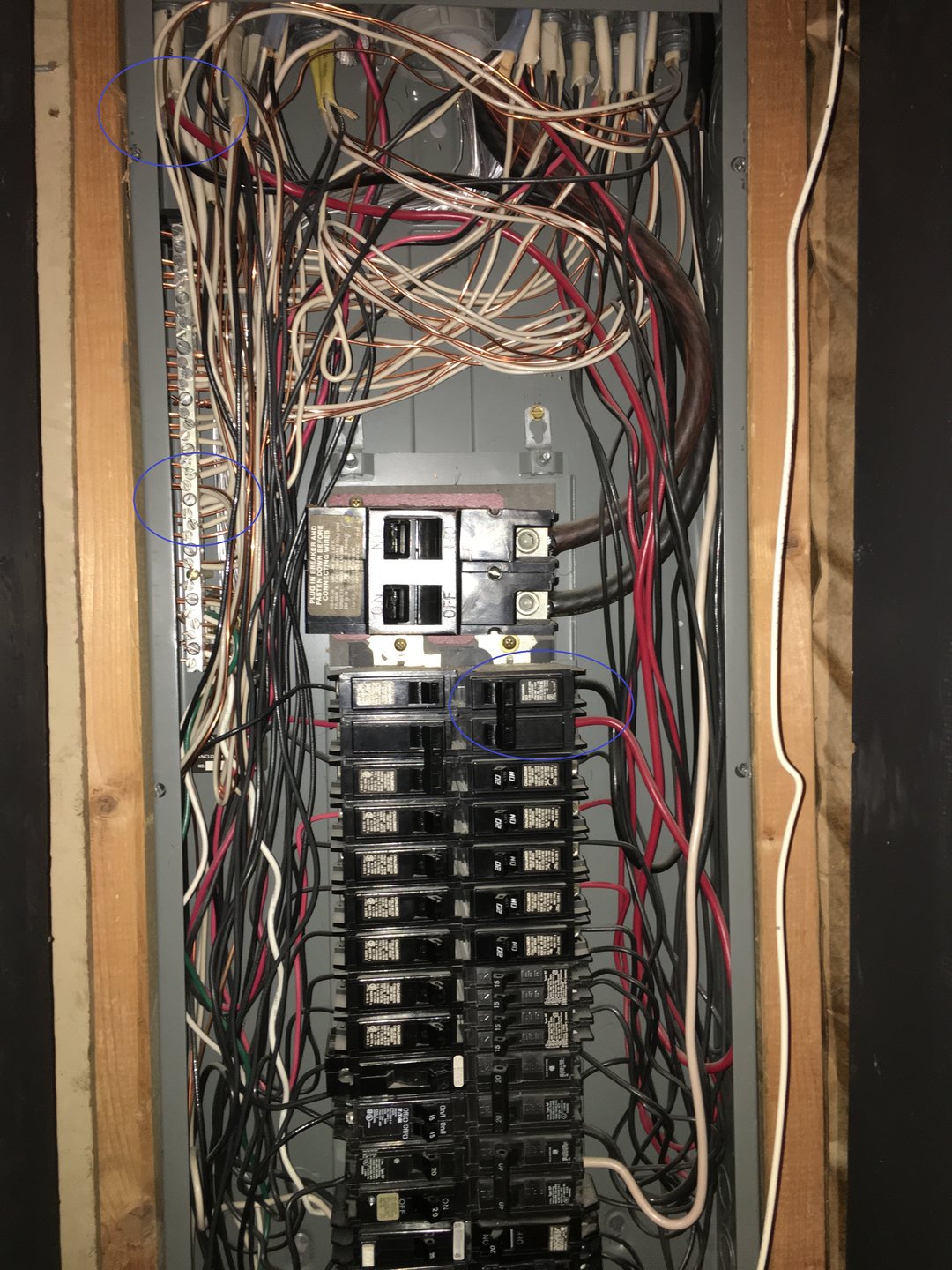Archaea
[H]F Junkie
- Joined
- Oct 19, 2004
- Messages
- 11,825
I have two of these 850 Watt EVGA G3 PSU
https://www.newegg.com/Product/Product.aspx?Item=N82E16817438092
I have one of these Raidmax Vampire 1000 watt PSU
https://www.newegg.com/Product/Prod...dmax_vampire_1000_watt-_-17-152-059-_-Product
I have one of these Thortech Thundervolt 1200 watt PSU
https://www.newegg.com/Product/Product.aspx?Item=N82E16817144008
All of these PSU's power my Mining rigs.
My house was wired for an electric range with a 40 AMP 240v line. We installed a gas range and now the 240v line is just sitting idle (off of course). It happens to be right by my mining rack.
I've read it's more efficient to run PSU's on 240v than 120v so....
Question:
Each of these power supplies state they run 100-240V in the specs, but there is no switch on the back of the PSUs to change the input voltage. Is this automatically done internally? Am I at risk of damaging these PSUs by plugging them into a 240V line?
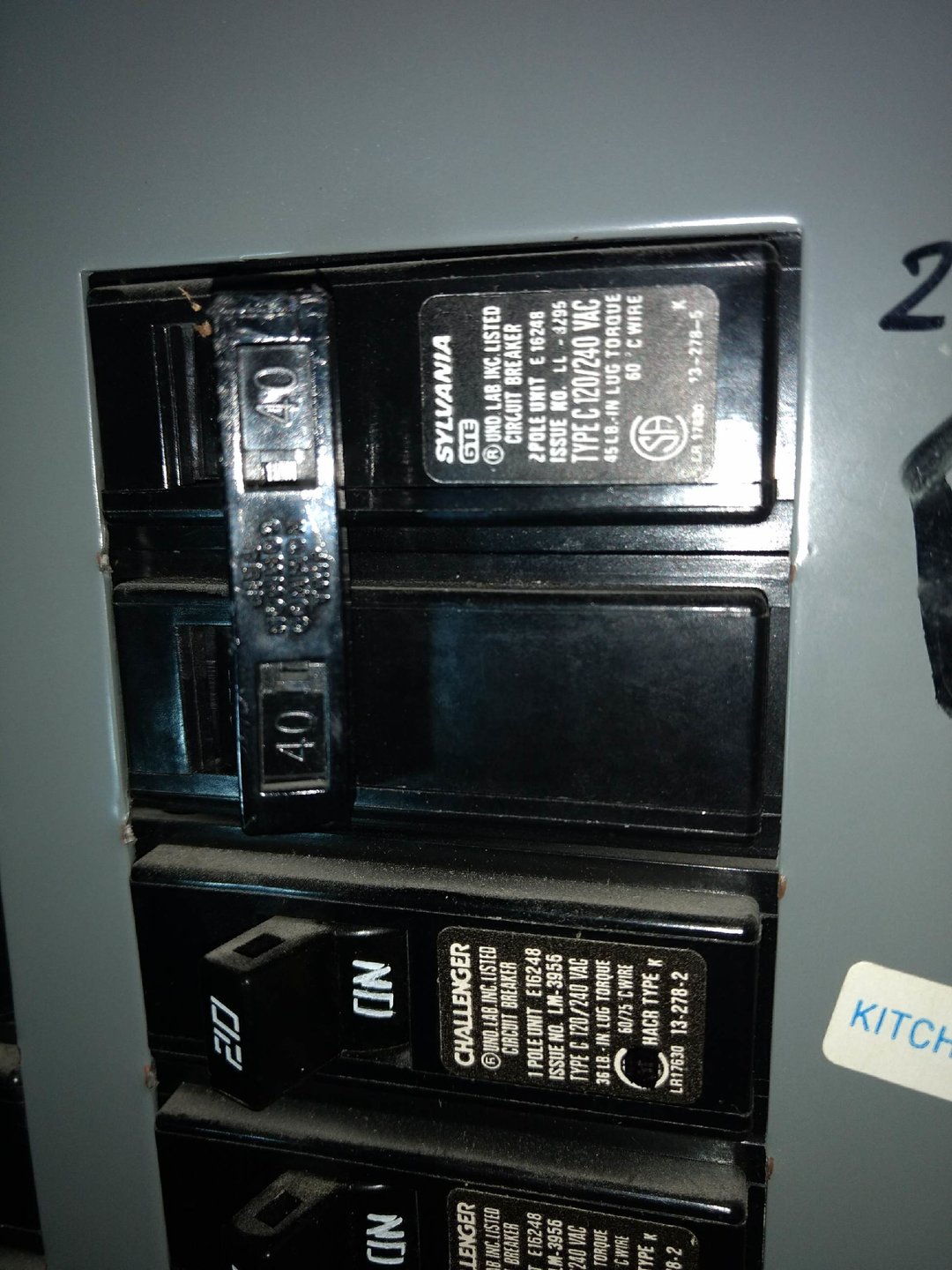
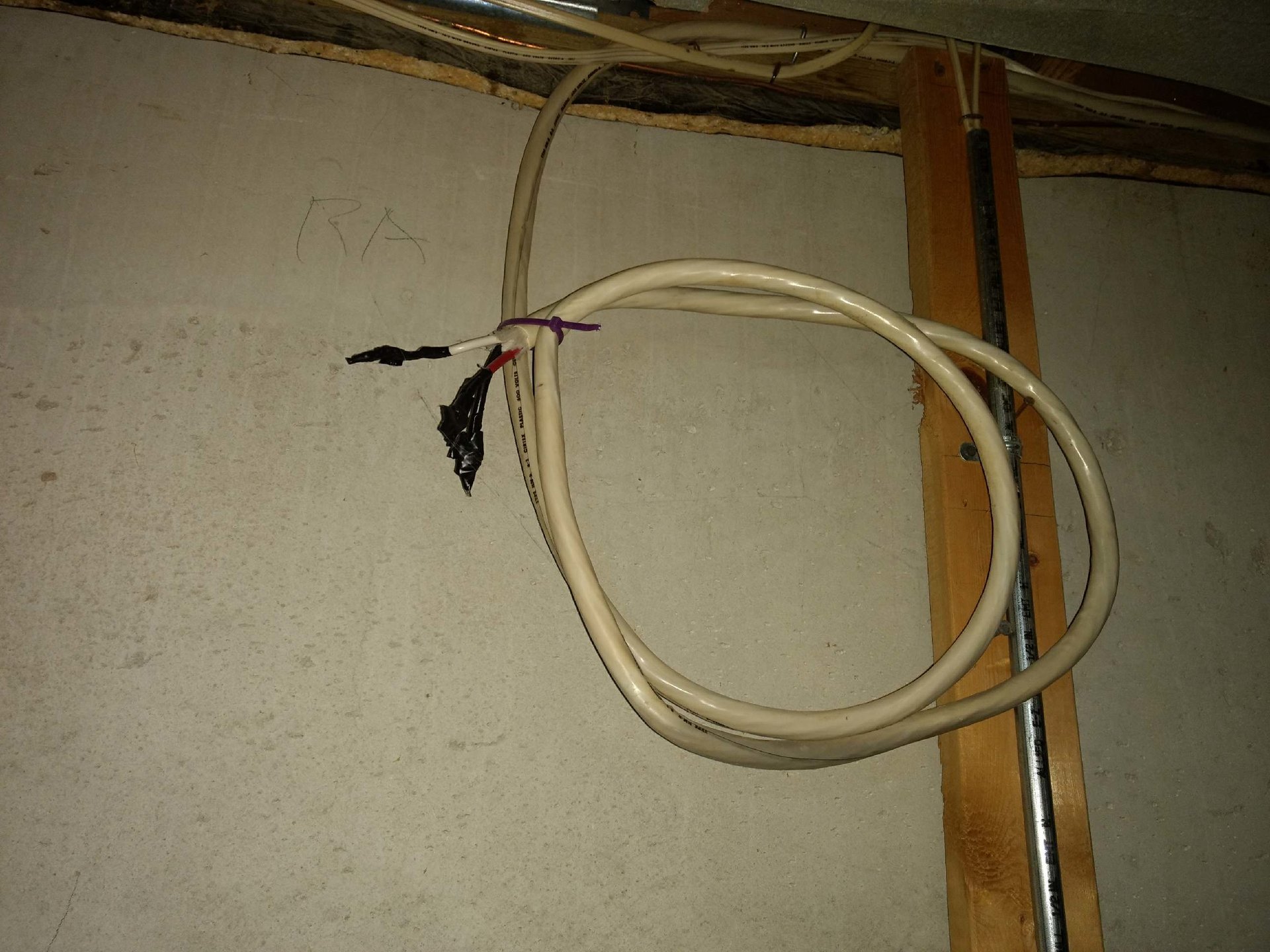
https://www.newegg.com/Product/Product.aspx?Item=N82E16817438092
I have one of these Raidmax Vampire 1000 watt PSU
https://www.newegg.com/Product/Prod...dmax_vampire_1000_watt-_-17-152-059-_-Product
I have one of these Thortech Thundervolt 1200 watt PSU
https://www.newegg.com/Product/Product.aspx?Item=N82E16817144008
All of these PSU's power my Mining rigs.
My house was wired for an electric range with a 40 AMP 240v line. We installed a gas range and now the 240v line is just sitting idle (off of course). It happens to be right by my mining rack.
I've read it's more efficient to run PSU's on 240v than 120v so....
Question:
Each of these power supplies state they run 100-240V in the specs, but there is no switch on the back of the PSUs to change the input voltage. Is this automatically done internally? Am I at risk of damaging these PSUs by plugging them into a 240V line?


Last edited:
![[H]ard|Forum](/styles/hardforum/xenforo/logo_dark.png)
